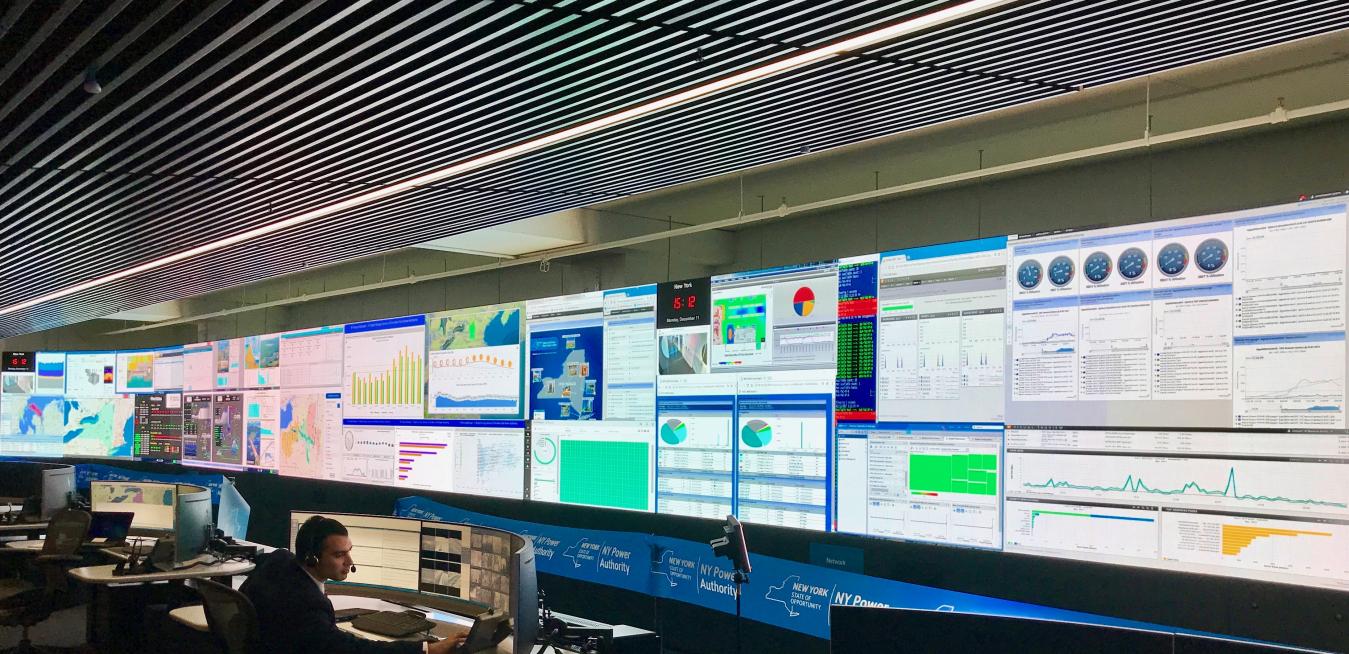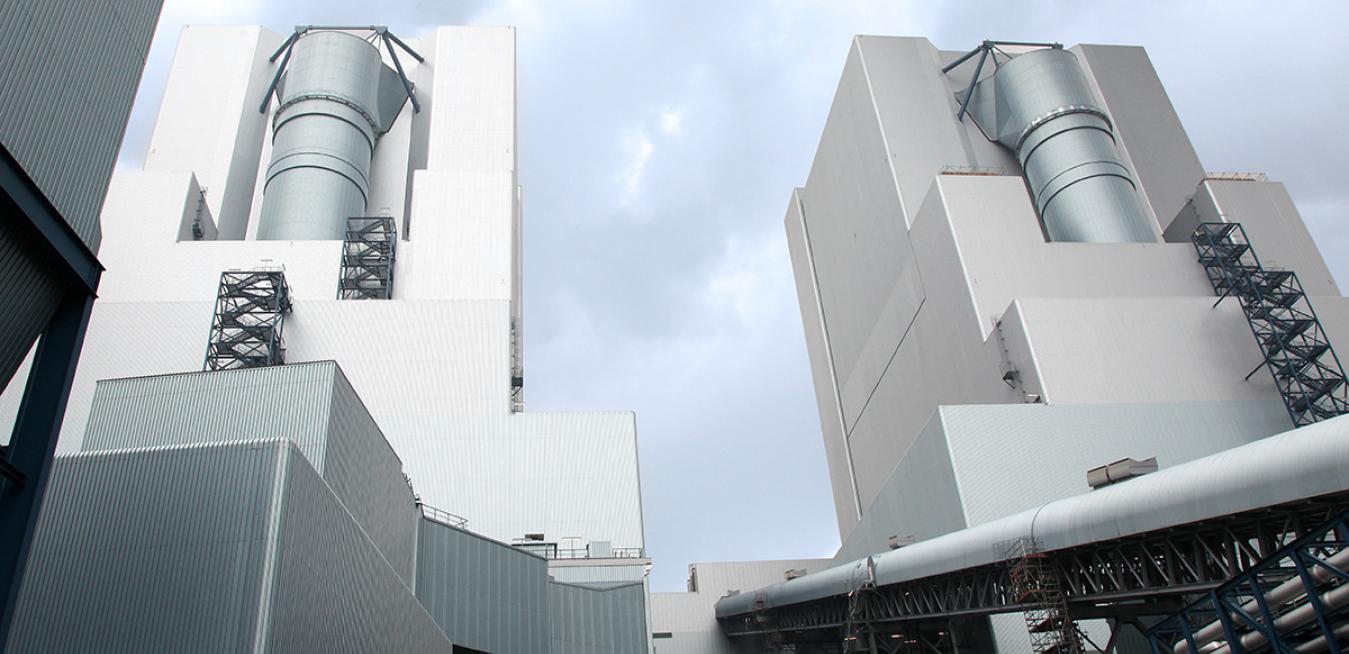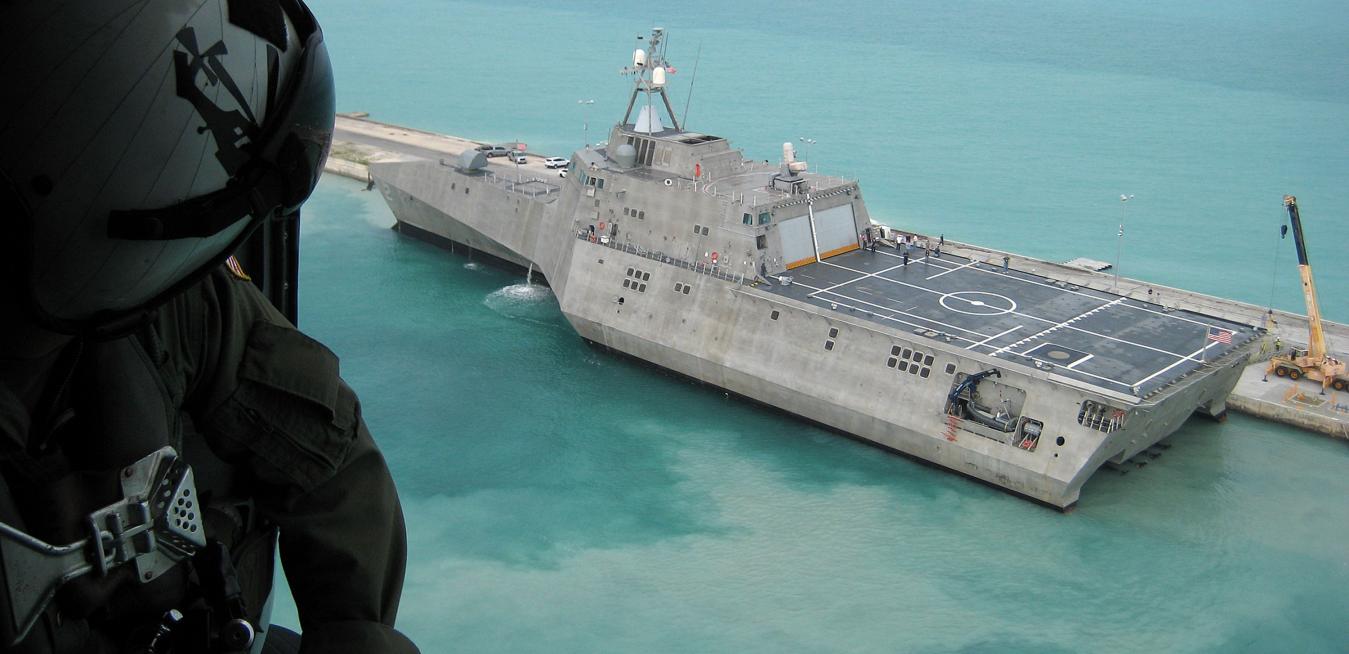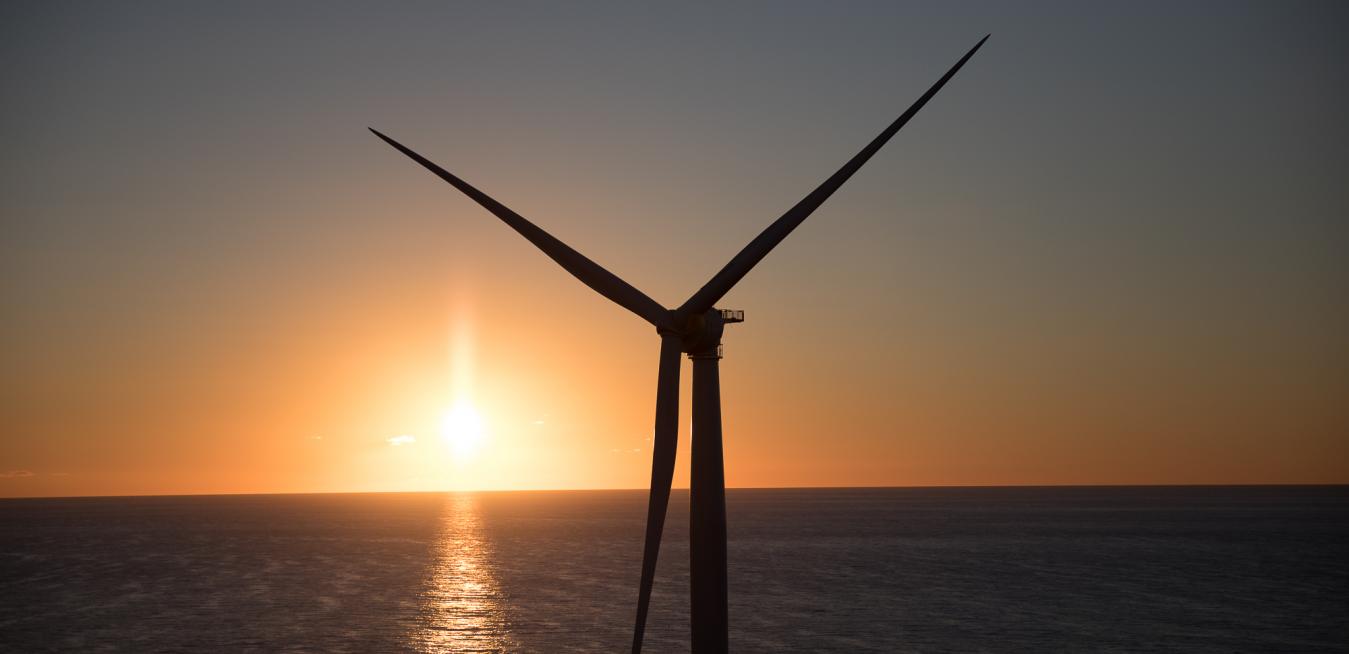In the late 1970s, when she was about 6 years old, the town connected to an electrical grid, and the blackouts came to a halt. “It was quite life-changing,” Silva says.
Buried 1,000 feet below the parched Thar Desert in Pakistan lies more fuel energy than all the known oil in Iran and Saudi Arabia combined. Just a small fraction of this 175-billion-ton lignite coal reserve is plentiful enough to supply one-fifth of Pakistan’s current energy levels for 50 years.
In parts of West Africa, an act as simple as walking into a room and turning on a light can be something of a luxury. Only half the population has access to electricity, which means 188 million people live without basic amenities such as light and power.














